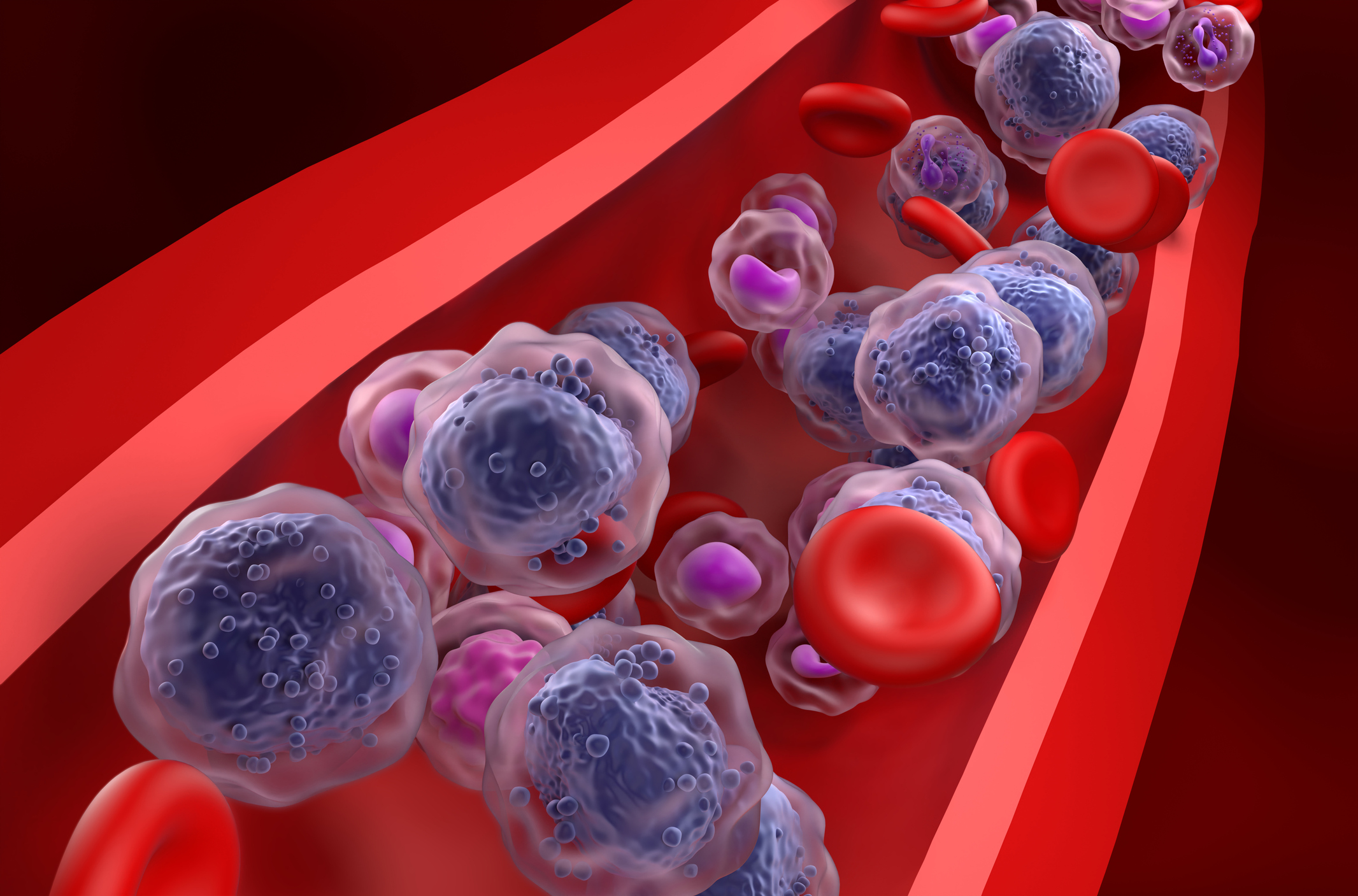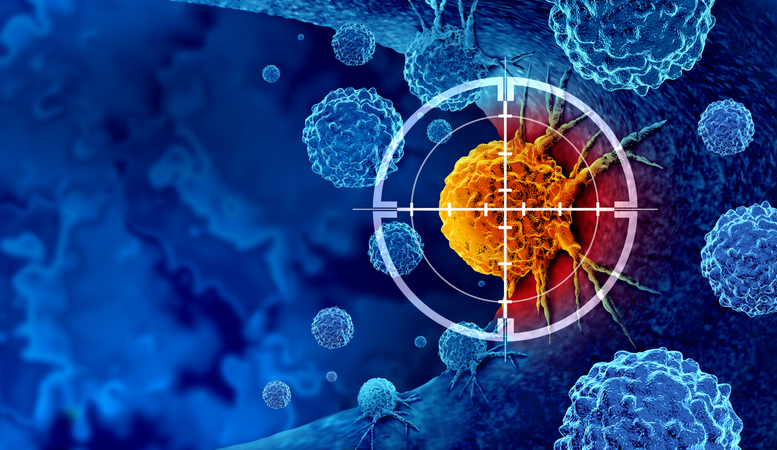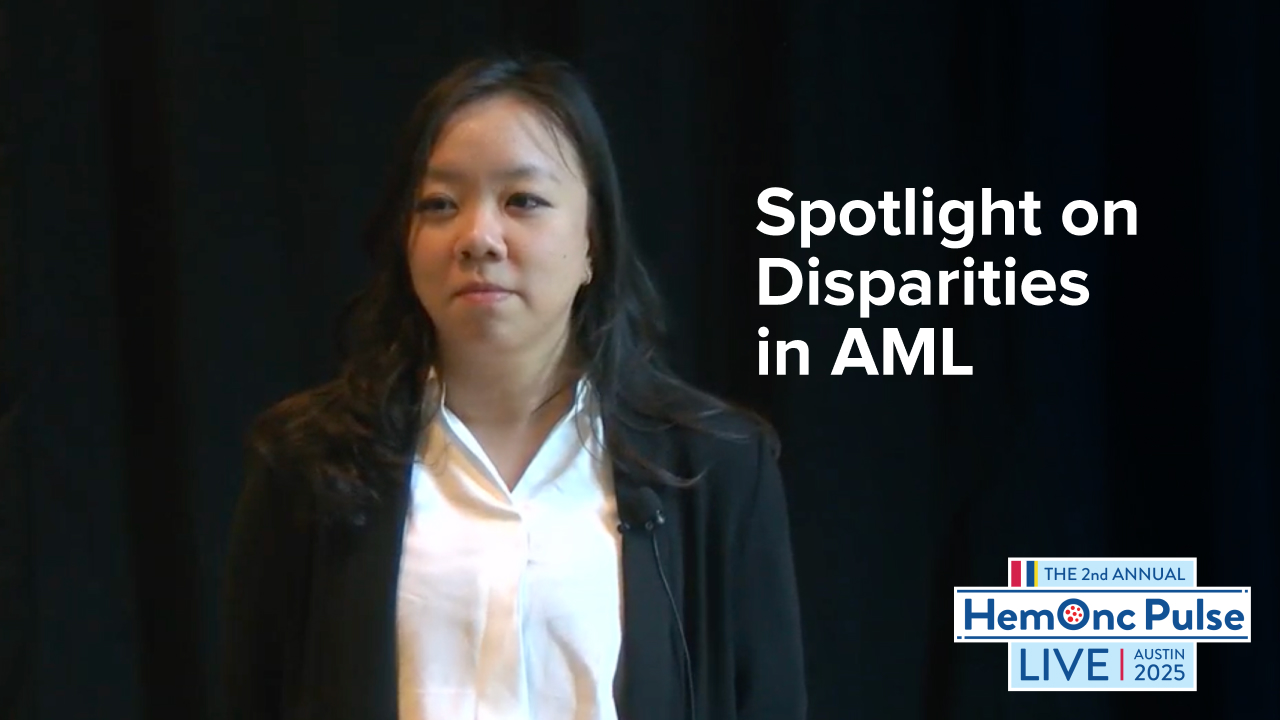
Patients with acute myeloid leukemia (AML) with t(9;22) (q34.1; q11.2)/BCR::ABL1 have better outcomes than patients with intermediate- or adverse-risk disease, according to an analysis published in Blood Cancer Journal.
“[BCR::ABL1+AML], a distinct entity within the group of AML with defining genetic abnormalities, belong to the adverse-risk group of the 2022 [European LeukemiaNet (ELN)] classification,” the researchers wrote. “We sought to update clinical presentation, results of treatments, and outcome of patients with de novo [BCR::ABL1+AML].”
To compare outcomes between patients with BCR::ABL1+AML, myeloid blast phase of chronic myeloid leukemia (CML-BP), intermediate-, and adverse-risk patients, the researchers identified 20 patients with de novo BCR::ABL1+AML from 5,819 AML cases included in the DATAML registry. Of the 18 patients treated with standard induction chemotherapy in the analysis, 16 received imatinib in addition to chemotherapy.
The complete remission (CR) or CR with incomplete hematologic recovery rate (CRi) was 94.4%. With a median follow-up of 6.3 years, the median overall survival (OS) was not reached, while the two-year OS was 77% (95% CI, 50-91). The median event-free survival (EFS) was not reached, while the two-year EFS was 78% (95% CI, 51-91).
Of the seven deaths that occurred, three were attributed to hepatocellular carcinoma, pancreatic cancer, and infection.
Twelve patients received allografts in first remission. Two achieved undetectable measurable residual disease (MRD) after consolidation chemotherapy, while eight achieved undetectable MRD after allogeneic hematopoietic stem cell transplantation (HSCT).
Compared with the CML-BP group, patients with de novo BCR::ABL1+AML had higher white blood cell counts, fewer additional chromosomal abnormalities, lower CD36 or CD7 expression, and no ABL1 mutations. For patients with CML-BP, the CR/CRi rate was 79.2%, and seven patients had undetectable MRD after allogeneic HSCT.
“BCR::ABL1+AML patients treated with imatinib and intensive chemotherapy should not be included in the adverse-risk group of current AML classifications,” the researchers wrote. “Although further studies are needed to confirm these results and reclassify these AMLs in the intermediate or even favorable group of the 2022 ELN risk classification, our study showed that the combination of imatinib and standard intensive chemotherapy should be recommended in fit patients with de novo BCR::ABL1+ AML.”
Reference
Gondran C, Dumas PY, Bérard E, et al. Imatinib with intensive chemotherapy in AML with t(9;22)(q34.1;q11.2)/BCR::ABL1. A DATAML registry study. Blood Cancer J. 2024. Doi:10.1038/s41408-024-01069-9






 © 2025 Mashup Media, LLC, a Formedics Property. All Rights Reserved.
© 2025 Mashup Media, LLC, a Formedics Property. All Rights Reserved.